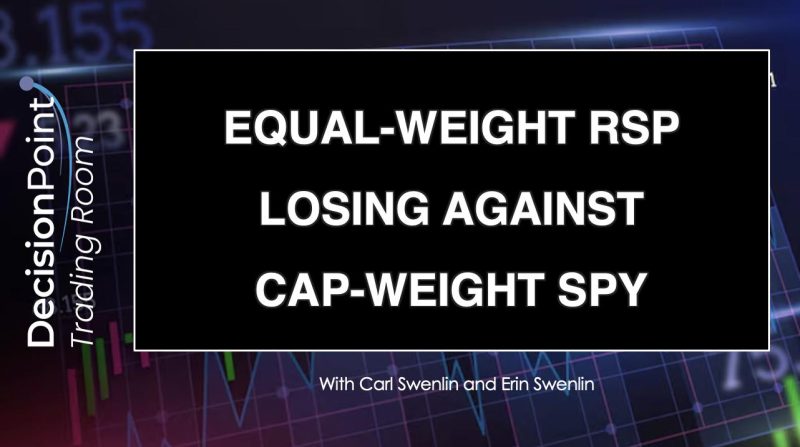In recent years, there has been a growing interest in the debate between using equal-weighted and cap-weighted strategies in the stock market. Specifically, the discussion has centered around the performance of the DP Trading Room Equal Weight strategy compared to the traditional cap-weighted SPY index.
Equal-weighted strategies involve investing an equal amount of money in each constituent of an index, regardless of the stock’s market capitalization. On the other hand, cap-weighted strategies allocate more funds to larger companies based on their market size.
The DP Trading Room Equal Weight strategy has faced challenges when pitted against the cap-weighted SPY index. Proponents of cap-weighted indexes argue that these indexes reflect the market capitalization of companies and provide a more accurate representation of the market. Moreover, cap-weighted strategies have outperformed equal-weighted strategies over time due to the larger weight given to the most significant companies in the index.
On the contrary, supporters of equal-weighted strategies highlight the benefits of diversification and risk management. By investing evenly across all holdings, equal-weighted strategies reduce concentration risk and provide exposure to a broader range of companies. This can mitigate the impact of a few underperforming stocks on the overall portfolio.
When comparing the DP Trading Room Equal Weight strategy to the cap-weighted SPY index, it is essential to consider the performance metrics and risk factors involved. Over short periods, equal-weighted strategies may outperform due to the potential gains from smaller companies driving higher returns. However, extended periods may witness the cap-weighted index pulling ahead as larger companies dominate the market.
Additionally, the volatility and trading costs associated with the DP Trading Room Equal Weight strategy should be taken into account. Equal-weighted strategies may require more frequent rebalancing, leading to higher transaction costs and increased trading activity.
In conclusion, the debate between equal-weighted and cap-weighted strategies continues to evoke contrasting opinions within the investment community. While the DP Trading Room Equal Weight strategy showcases the benefits of diversification and risk management, it faces stiff competition from the cap-weighted SPY index in terms of performance and market representation. Ultimately, investors must consider their investment objectives, risk tolerance, and time horizon when opting for either strategy.


































